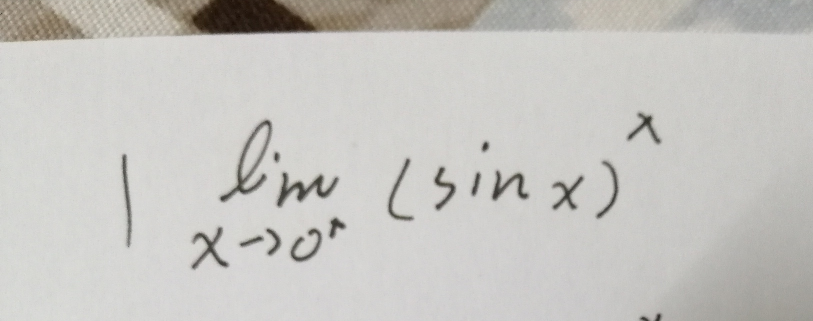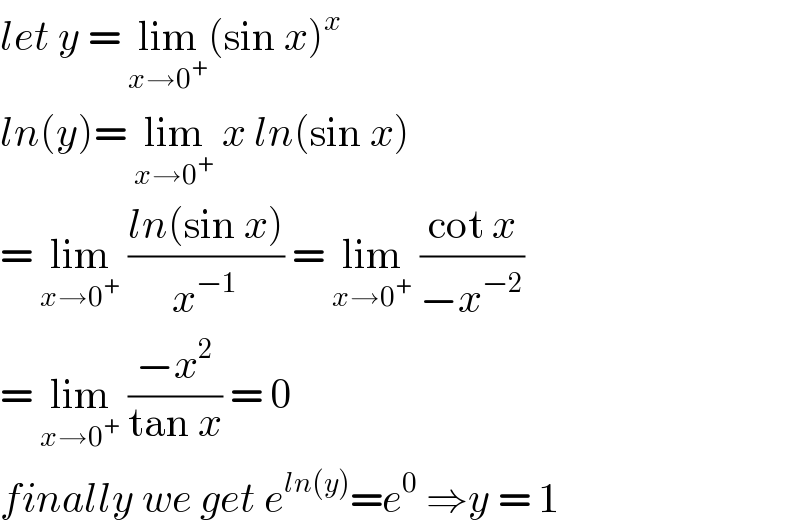
Question and Answers Forum
Question Number 78682 by Omer Alattas last updated on 19/Jan/20

Commented by mathmax by abdo last updated on 19/Jan/20

Commented by john santu last updated on 20/Jan/20

| ||
Question and Answers Forum | ||
Question Number 78682 by Omer Alattas last updated on 19/Jan/20 | ||
 | ||
Commented by mathmax by abdo last updated on 19/Jan/20 | ||
 | ||
Commented by john santu last updated on 20/Jan/20 | ||
 | ||